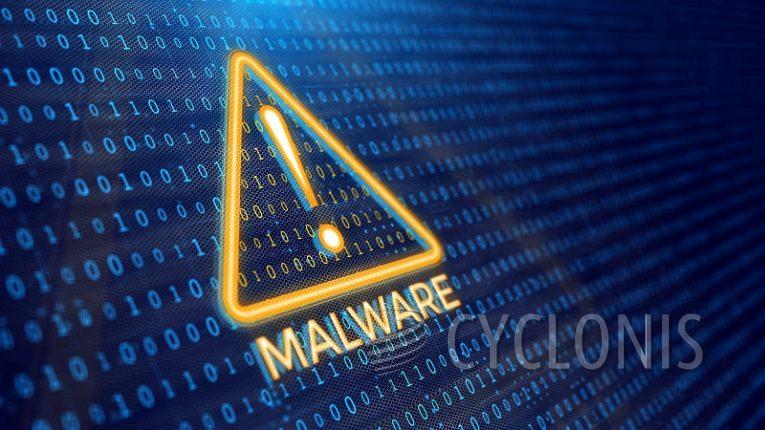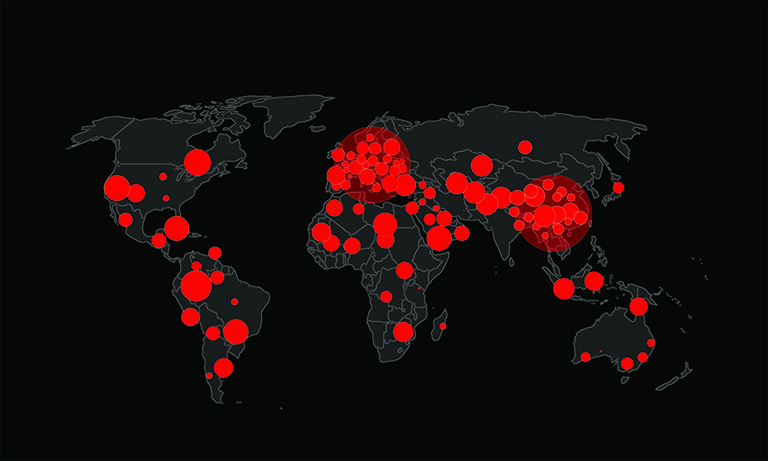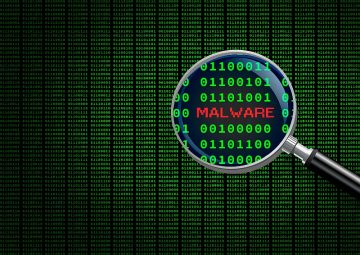WolfsBane Backdoor: Another New Chapter in Cyber Espionage

In the intricate realm of cybersecurity, where malicious actors continually innovate to bypass defenses, the discovery of the WolfsBane Backdoor marks a notable development. WolfsBane, attributed to the China-linked group Gelsemium, represents a significant step in the evolution of targeted cyber threats, particularly those aimed at Linux systems.
Table of Contents
A Versatile Tool in a Sophisticated Arsenal
WolfsBane is a backdoor specifically tailored for Linux environments. Its origins are linked to Gelsemium, a persistent and well-coordinated threat actor that has been active for nearly a decade. Previously known for deploying threats like Gelsevirine—a backdoor primarily targeting Windows systems—Gelsemium appears to be broadening its horizons, extending its operations into Linux platforms.
WolfsBane samples have been recorded across East and Southeast Asia, including Taiwan, the Philippines, and Singapore. This geographic spread, combined with Gelsemium's history, suggests that the group may be targeting entities in this region for espionage purposes.
The Goals of WolfsBane Backdoor
The primary purpose of WolfsBane, like other tools in Gelsemium's toolkit, centers on cyber espionage. By infiltrating systems, it aims to gather sensitive data, including system details, user credentials, and specific files. The backdoor enables attackers to maintain a prolonged presence, executing commands discreetly and ensuring sustained access to compromised systems.
What distinguishes WolfsBane is its ability to operate under the radar. Utilizing open-source tools like the BEURK userland rootkit, it effectively conceals its activities from detection. This allows attackers to execute commands from remote servers with minimal risk of exposure. Another associated implant, FireWood, employs similar stealth tactics using kernel-level rootkits to evade visibility and execute remote instructions.
Implications of Expanding into Linux Systems
The emergence of WolfsBane signals a growing trend in the cybersecurity landscape: the pivot toward targeting Linux systems. Historically, many cyber threats have focused on Windows due to its ubiquity in enterprise environments. However, advancements in endpoint detection and Microsoft's efforts to tighten security, such as disabling VBA macros by default, have encouraged threat actors to explore alternative attack vectors.
Linux, often considered more secure due to its architecture, has increasingly become a target as its adoption grows in critical sectors. Threat actors see opportunities to exploit vulnerabilities in Linux-based environments, which are frequently used in servers and cloud infrastructure. WolfsBane exemplifies this shift, underscoring the need for heightened vigilance and robust defenses for Linux systems.
The Bigger Picture: Advanced Persistent Threats and Cyber Espionage
The tools and techniques associated with WolfsBane align closely with the broader objectives of advanced persistent threats (APTs). Groups like Gelsemium operate with precision, targeting specific regions or sectors to extract intelligence or disrupt operations. Such campaigns often remain active over extended periods, leveraging custom-built tools to achieve their objectives.
The lack of clarity regarding WolfsBane's initial access point highlights another challenge in defending against APTs. While researchers speculate that vulnerabilities in web applications may have provided an entry point, the exact methods remain unclear. This ambiguity underscores the importance of proactive security measures, such as regular vulnerability assessments and rigorous patch management, to minimize potential entryways for attackers.
Bottom Line
The WolfsBane Backdoor represents a sophisticated addition to the arsenal of a well-established threat actor. Its emergence serves as a reminder that no platform is immune to compromise and that security measures must evolve in step with the threats they aim to counter.
Organizations, particularly those operating in high-risk regions or sectors, should prioritize monitoring and securing their Linux environments. Employing comprehensive endpoint detection and response (EDR) solutions, maintaining a rigorous patching schedule, and educating personnel about potential vulnerabilities are critical steps toward mitigating risks.
Awareness and adaptation remain key to staying ahead of cyber adversaries. WolfsBane, while a cause for vigilance, also reinforces the importance of innovation and resilience in the face of evolving cyber threats.








